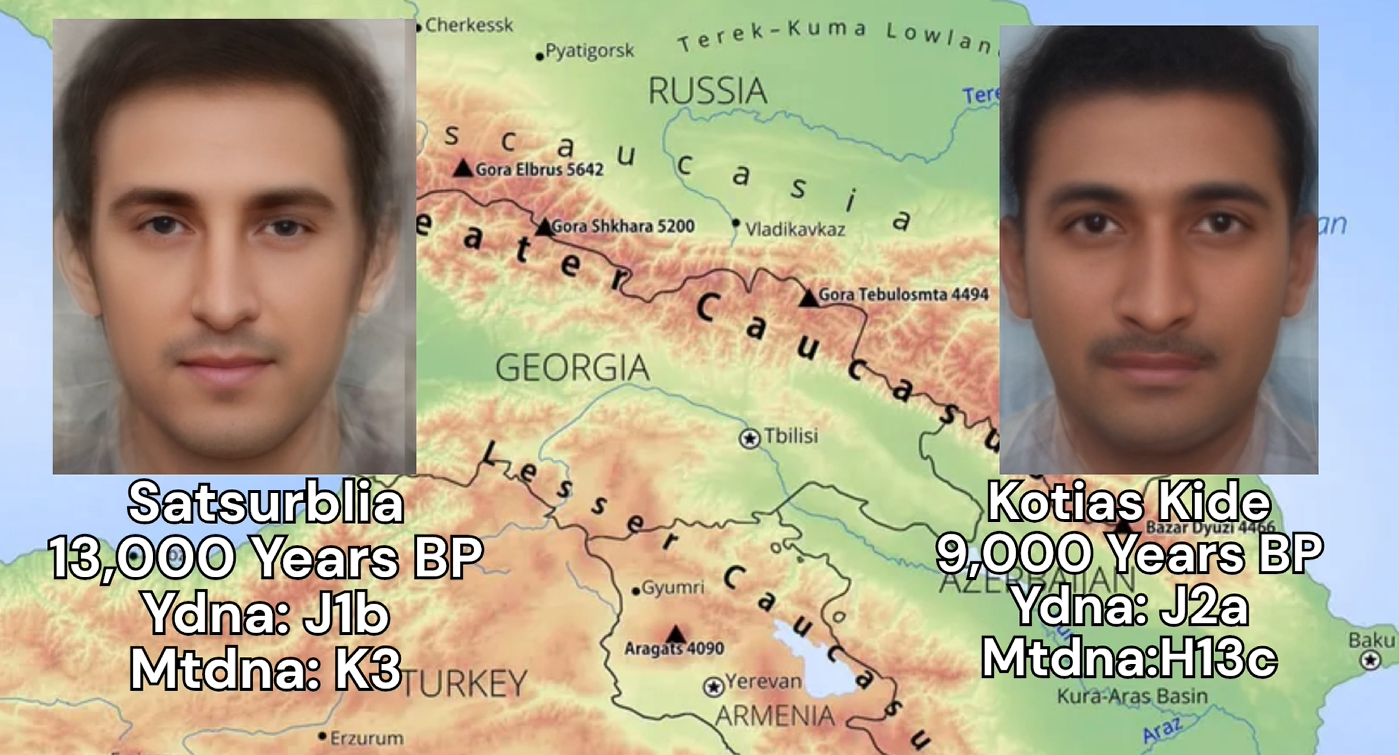
Kotias Kide CHG 9kya Genome
The Caucasus Hunter-Gatherers (CHG) of the Satsurblia and Kotias Kide caves are among the most significant prehistoric populations for understanding the genetics of West Asia and Europe. These groups inhabited the region approximately 13,000 to 10,000 years ago, during the Late Upper Paleolithic and early Mesolithic periods. Their genetic legacy has been crucial in shaping the ancestry of subsequent populations, particularly the Yamnaya culture, a pivotal group in the spread of Indo-European languages. The DNA of these Caucasus Hunter-Gatherers reveals that they carried Y-chromosome haplogroups J and J1, which are still prevalent in modern populations across the Caucasus and parts of the Near East.
The genetic connections between CHG and later cultures like the Yamnaya and Maykop highlight the importance of these ancient hunter-gatherers in the broader story of human migration and the development of the Indo-European languages. The CHG ancestry, along with the Steppe ancestry, contributed to the genetic makeup of the Yamnaya culture, which played a crucial role in spreading Indo-European languages across Europe. This intermingling of different genetic lineages underscores the complex nature of human prehistory in the region and illustrates how the DNA of Caucasus Hunter-Gatherers has been intertwined with the genetics of both West Asia and Europe.
